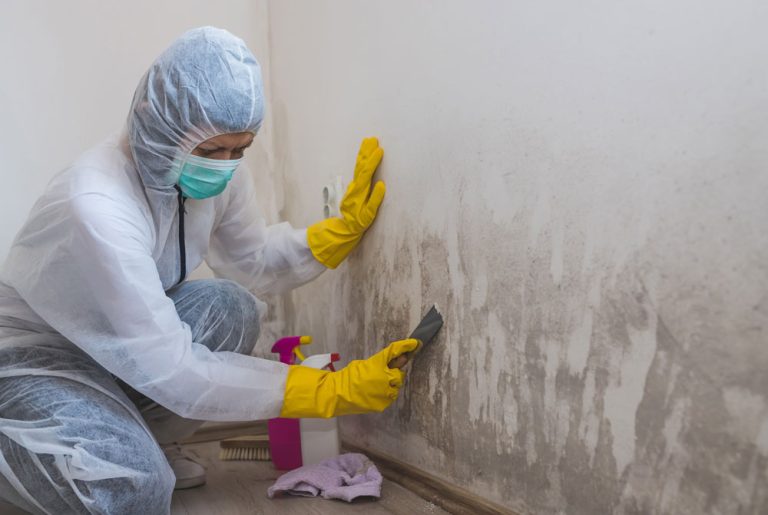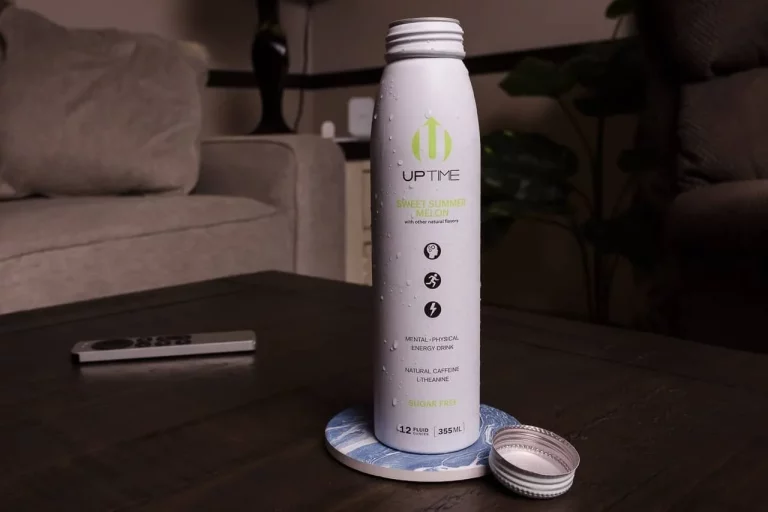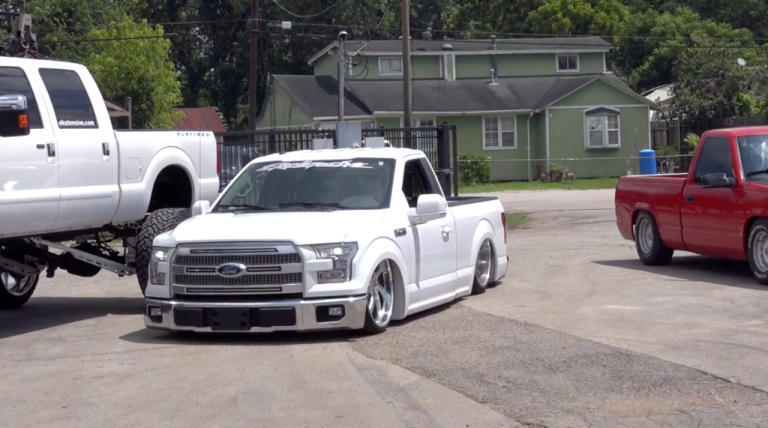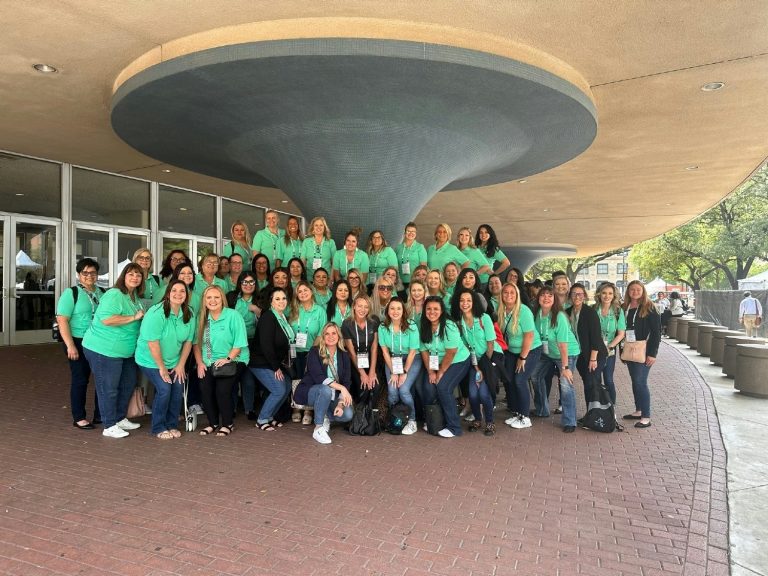Toyota Paint Problems Class Action Lawsuit
This lawsuit was filed against Toyota and was led by William Roberts Lawyers over the paint peeling problem on white Corollas manufactured from 2010–2014. This class action suit alleges that the factory-applied white paint on these Corolla models is defective, causing the paint to peel prematurely.
The parties involved in this case include:
- Toyota, the world-renowned automobile manufacturer
- William Roberts Lawyers, the legal representatives for the plaintiffs
- Thousands of Toyota Corolla owners affected by this issue
These owners claim the paint issue has led to significant financial losses due to repair costs and reduced vehicle value. They’re seeking compensation for these losses.
As for the current status of the lawsuit, it’s still ongoing.
Toyota Paint Problems Lawsuit
The central issue here revolves around the factory-applied white paint on certain Corolla models produced between 2010 and 2014.
The crux of the matter is the factory-applied white paint. It’s alleged to be defective, resulting in premature peeling. The lawsuit is quite specific, though. It targets only specific white Corolla and Rukus models manufactured during a certain period.
Toyota’s response to this? They’ve offered a warranty extension program. This allows free-of-charge repairs for a whopping 12 years from the date of registration.
Parties involved
At the center of this legal battle is Toyota Australia, the reputed automotive manufacturer. The peeling paint issue has led the brand to face scrutiny and legal action.
The other key party is William Roberts Lawyers, who proposed the class action against Toyota. They represent the disgruntled owners of white Corolla models produced between 2010 and 2014, which have been significantly affected by the peeling paint issue.
Toyota Australia, in response, is offering a warranty extension program for the affected models, urging the owners to seek whatever compensation they may be entitled to. The company’s dealers are expected to review cases on an individual basis. They’ve also set up a Guest Experience Center to provide support to impacted owners.
Additionally, owners of other Toyota models who’ve experienced similar paint peeling issues are invited to register their details. They might be included in the class action, depending on their circumstances.
The cause of action
The crux of the lawsuit is the assertion that Toyota has breached the guarantee of acceptable quality under the Australian Consumer Law. This law stipulates that products, including cars, must be free from defects, durable, safe, and acceptable. In the case of the affected white Corolla models, the owners argue that the paint peeling issue violates these requirements.
The class action lawsuit encourages all affected owners to join in. By doing so, you could potentially receive compensation for losses related to the paint peeling problem on your Corolla. Toyota’s response has been to offer a warranty extension program for these models, including free-of-charge repairs for up to 12 years from the registration date.
Relief being sought
The class action lawsuit is seeking:
- Compensation for the reduced value of your Toyota due to the factory-applied white paint defect.
- Reimbursement for foreseeable losses, including potential repair costs if your vehicle’s paint is peeling due to the defect.
- Damages for distress because the paint issue has likely caused you considerable inconvenience and frustration.
- A declaration that Toyota has breached the guarantee of acceptable quality under the Australian Consumer Law.
Key events and timeline
The lawsuit was initiated by William Roberts Lawyers and targets white Corollas produced between 2010-2014.
Toyota, acknowledging the issue, offered a warranty extension program for the affected models. However, this didn’t assuage the concerns of the owners of these white Corollas. They’d invested in a vehicle they trusted, only to find the paint peeling prematurely.
The class action lawsuit was the next logical step. Frustrated owners were encouraged to join the legal action, aiming for compensation and resolution for the paint problems they’d experienced.
Key arguments
Here are the core arguments in the case:
- The factory-applied white paint on these vehicles is allegedly defective, leading to premature peeling and fading.
- Toyota, as the manufacturer, is held responsible for this issue. Owners argue that they bear no fault for the paint peeling.
- The paint problem isn’t just about aesthetics—it negatively affects the car’s resale value, causing financial loss to owners.
- Despite Toyota offering a warranty extension for free repairs on the peeling paint, owners argue it’s not enough. They seek compensation for the diminished value of their cars.
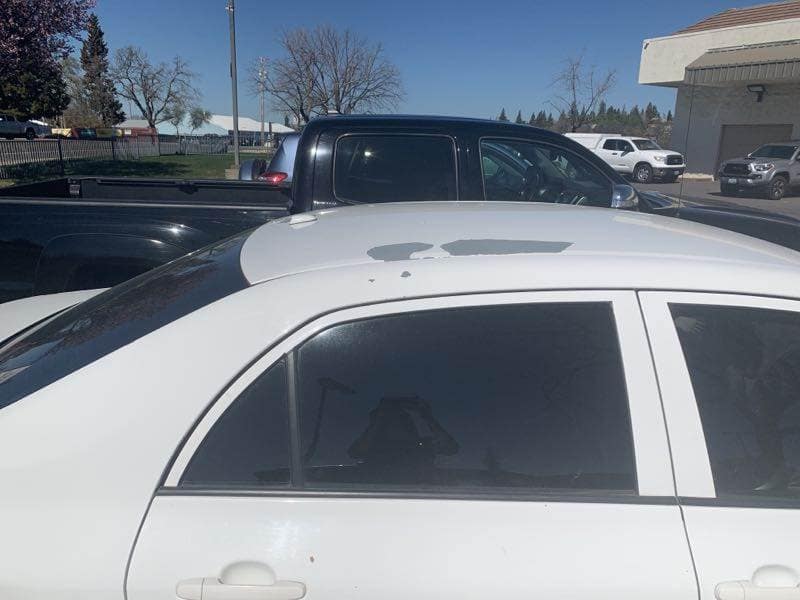
Current status
As it stands now, William Roberts Lawyers is spearheading a proposed class action against Toyota over the paint peeling issues on white Corollas manufactured between 2010 and 2014. The issue centers on the factory-applied white paint, which is reportedly peeling off prematurely, causing distress and disappointment among owners.
Toyota is currently offering a warranty extension program for affected models, but this proposed lawsuit aims to provide additional compensation to those affected. If you’re the owner of a white Corolla produced between July 2010 and September 2014, you’re encouraged to join this class action for potential compensation.
Despite the warranty program, many owners feel it’s not enough to address the inconvenience and loss of value caused by the paint issue. Many have reported dissatisfaction with their Toyota dealer’s handling of the problem, further fueling the desire for legal action.
Implications
The implications of this lawsuit are manifold and could affect you in multiple ways:
- Financial Impact: If you’ve incurred expenses for paint repairs, you could receive compensation.
- Vehicle Value: The paint peeling issue may have reduced your vehicle’s value. The lawsuit aims to compensate for this loss.
- Emotional Distress: If you’ve experienced frustration over the paint problem, the lawsuit recognizes this distress.
- Warranty Extension: Toyota’s offer of a 12-year extended warranty for free-of-charge repairs indicates the company’s recognition of the problem.
Reactions
The reactions to this issue have varied, but the majority lean towards dissatisfaction with Toyota’s response. You’re not alone in this. Many owners are considering joining a class-action lawsuit to address the paint problems. This legal step comes from concerns about the loss of vehicle value due to the paint peeling. It’s a way to seek resolution and possibly compensation.
Moreover, the formation of a Facebook group for affected owners shows the level of community support. Through this platform, you can share information and discuss potential legal actions. In addition, you might be one of the Toyota customers engaging with the company to address the issue, escalating concerns through Dealer Product Reports. The reactions from all corners show a strong desire for Toyota to take responsibility and address this problem adequately.

Business Manager
